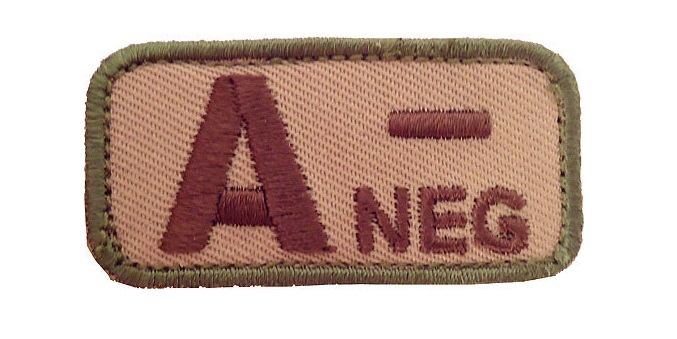
Blood types heredity and frequency in the Estonian population We can say based on that example that the donor is A positive.Įnsuring a match between donor and patient is extremely important otherwise a patient may have a dangerous reaction to the transfusion. If the same thing doesn’t happen in the second drop, the person has no B antigen and if agglutination is seen in the third drop, the person is Rh positive. If agglutination is noted in the first drop, that shows that the person has A antigen. Anti-A reagent is added to the first drop, anti-B reagent to the second one and anti-D – RhD reagent – to the third one. The person’s blood is combined with a reagent with antibodies.įor instance, three drops of a donor’s blood are placed on a slide or dish.

Donors are also tested for Kell blood group. Of these, the clinically most significant are Kell, Kidd and Duffy systems. In addition, about 30 other blood group systems have been identified besides the ABO and Rh blood group systems. These antibodies may cause pregnancy complications for Rh negative women giving birth to an Rh positive child. If a person is Rh negative, they may develop antibodies on exposure to Rh positive blood (such as during transfusions or pregnancy).

If the RhD antigen is present, a person is Rh positive and if RhD is not present, the person is Rh negative. The Rh systemĪ person’s Rh group can be positive (+) or negative (-).This depends on the existence of antigen RhD on the red blood cells. Thus AB blood type people can be termed universal patients.īut O Rh negative donors can be called universal donors, as red blood cells from such donors can be used for transfusions for all patients. If a person has blood type AB, they don’t have such antibodies, and they can accept transfusions from all other blood types. If you have blood type O, you have antibodies that will fight the A and B antigens. For example: If you have blood type A, it’s imperative that you don’t receive a B type transfusion, as you have antibodies that will destroy B antigens. If a person has A, B or O blood type, their plasma contains antibodies that destroy the antigens that the person doesn’t have. AB - red blood cells have the A and B antigens.B - red blood cells have only the B antigen.A - red blood cells have only the A antigen.This is determined by two antigens on the red blood cells: The most important blood group system is ABO, in which your blood is classified as A, B, O or AB. The donor’s blood type is identified at the Blood Centre, and the patient’s blood type is determined before transfusion. As a result, blood type match is of critical importance.

An antigen is a structure on the cell surface that causes a human immune response reacts to if the structure is foreign to the person’s body. Human blood type is determined by antigens on the red blood cells. If a doctor talks about your blood type, usually he or she is referring to two things: your type in the ABO system and Rhesus (Rh) factor.


 0 kommentar(er)
0 kommentar(er)
